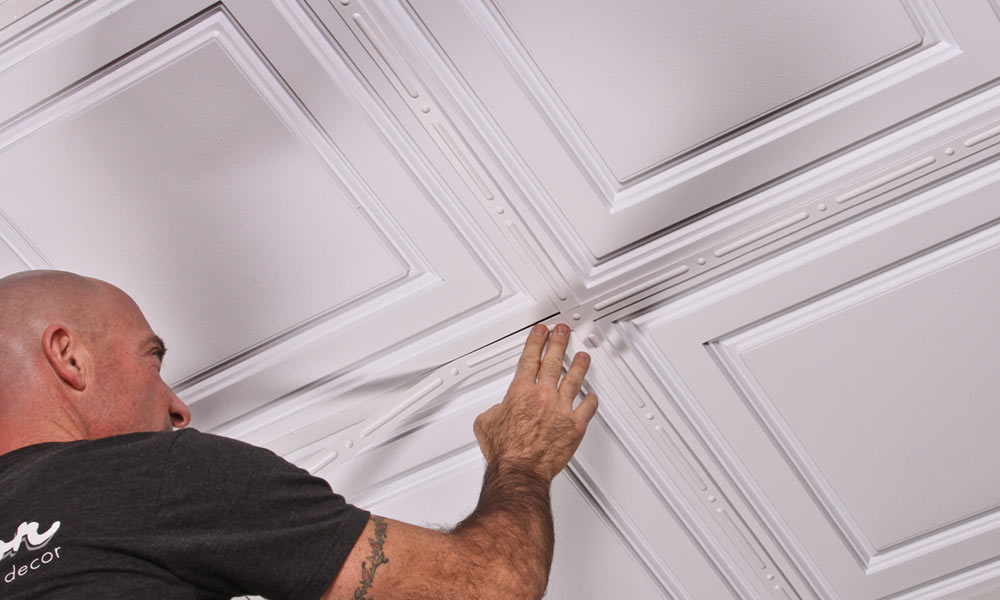How to cope joints. angle the coping saw about 30 degrees to remove more wood from the back of the molding than the front. then slowly and carefully saw along the profile. concentrate on staying just outside the line. you can always sand or file away extra material.. Invisible scarf joints depend on precise 45-degree angle cuts. nailer : for nailing, an air compressor-driven or electric nail gun is far preferable to hand nailing with a hammer and finish nails. the reason is that hand nailing light-weight wood such as trim causes it to rattle and move out of position.. Baseboard, ceiling, & other molding 26 748 chapter 26 molding & trim www.apawood.org. 26 content vocabulary defi nition molding narrow lengths of wood shaped to a profi le trim some types of joints used for wood molding are not suitable for use on synthetics. also, special adhesives may be required..
How to cut crown molding inside corners: 14 steps (with
Wood joinery common wood joints. - ppt video online download
Prolite | decorative ceiling strips | ceiling installation
This type of wood joinery can obviously weaken the strength of the two adjoining boards, but also is a stronger joint than butt joints. there are a number of projects where this type of wood joint is quite desirable, in spite of its drawbacks.. A veteran carpenter demonstrates tools and techniques that make trim work faster, better and easier, including mitered joints, wood molding selection, nailing and c. find this pin and more on barns by randy petersen. how to install wood molding extraordinary results with ordinary moldings. Edit article how to cut a coped joint in wood trim. the best way to make baseboard or crown molding fit together perfectly at inside corners is to cut a coped joint - a joint where one piece is cut square and the other piece is cut to fit over it, so that even if the corner isn’t square (and they almost never are) the joint will look tight..


0 komentar:
Posting Komentar